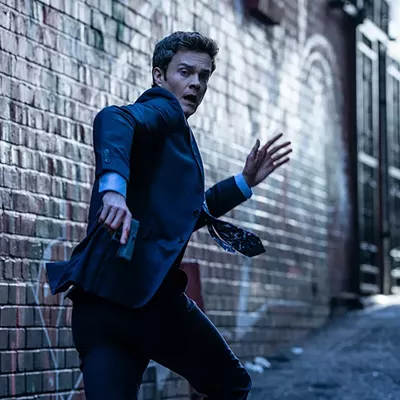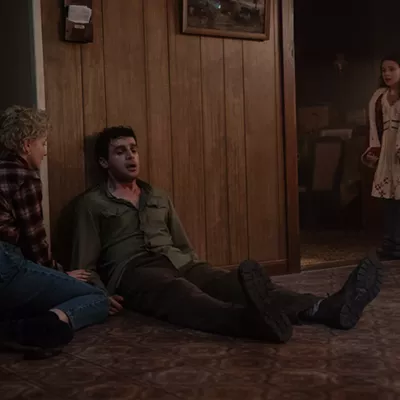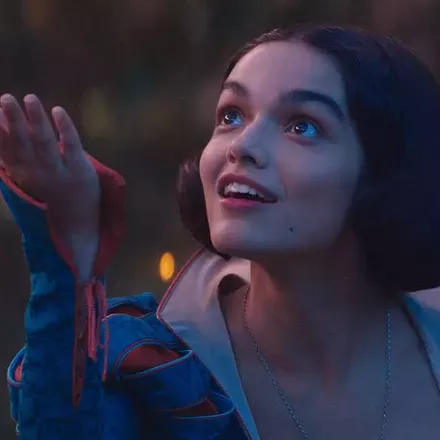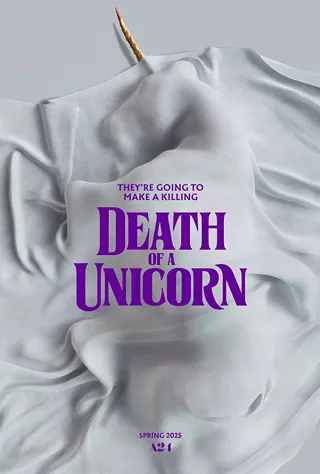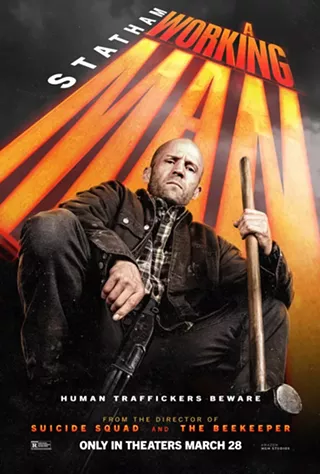By 1994, Formula 1 racing had become very safe. Twelve accidents claimed drivers' lives in the 1960s; 12 more drivers were killed in the 1970s, but there had been no fatalities between 1986 and 1994. That's almost miraculous, with top speeds in the 220 mph range.
But separate accidents on the weekend of April 30, 1994, claimed two drivers at the San Marino Grand Prix: Austria's Roland Ratzenberger was killed during a qualifying run, and in the race itself, Brazil's Ayrton Senna perished.
Senna's on-track death is the most recent one recorded in Formula 1, which shows how far the sport has come in terms of safety—and is somewhat ironic, considering the young Brazilian may have been the best driver to ever sit behind the wheel of a racecar.
His career, over at 34, is immaculately captured in the documentary Senna, which includes footage of everything from kart racing in his youth to the Grand Prix accident that took his life. It is both a story worth knowing—Senna won three world championships and finished every season but his first in the Top 5—and a film worth seeing, with every frame dug out of the archives.
Senna is nearly flawless; this is a remarkable, exhilarating documentary. In a sense, though, it's hard to know how much credit to give director Asif Kapadia, because there is literally not a second of this documentary that he has filmed. However, manufacturing such a compelling and cohesive story out of existing footage is quite an achievement, and in that regard, Senna is a beautifully constructed motion picture. It unfolds linearly, as if the driver's life were the subject of a documentary in his own lifetime.
Even if this were merely reflective—looking back on the achievements of the youngest world champion in his sport, who won the equivalent of three Super Bowls in five years—there is enough in that biography to explore as a film. Senna's ascension was accompanied by the economic depression that ravaged Brazil in the 1980s and 1990s; he was a folk hero for an entire nation, and when he died, Senna was, for all practical purposes, canonized in his homeland. Only some of that involved his professional excellence; in a time of desperation in Brazil, the racing champion donated millions upon millions of dollars to educational causes in his homeland.
It is like a one-in-a-million shot that all of the footage used in Senna actually exists. So much of the film goes behind the scenes of Formula 1. When Senna wins the Japanese Grand Prix in 1989, only to see that decision (and therefore a yearly championship) overturned on a technicality, we go inside the trailer at the racetrack where that conversation happens. During the 1990 Japanese Grand Prix, there is footage of Senna confronting Formula 1 officials about that same technicality, assuring that it won't become an issue again. The access for a film covering 20-year-old events is just spectacular, and without it—without even a modest percentage of it— Senna would emerge an entirely different film.
For good or bad, that access includes footage from inside Senna's car in the final minutes of his short life. It's unnerving to know what's coming, and Kapadia strips it as bare as he can, with no music and no commentary—just the sound of a car speeding toward its demise. It's stunning stuff, in spite of 90 minutes of foreshadowing. But you will have become so invested in the story and the way it is told that you'll be too riveted to look away.


